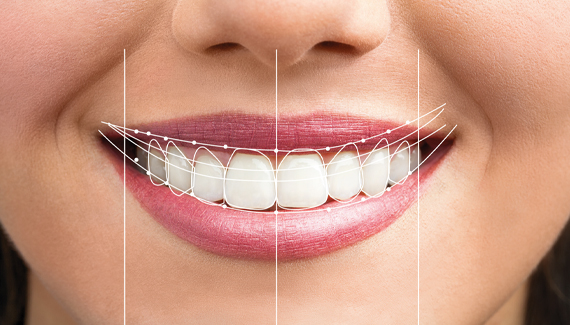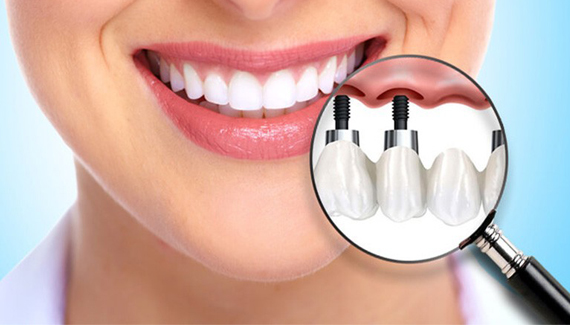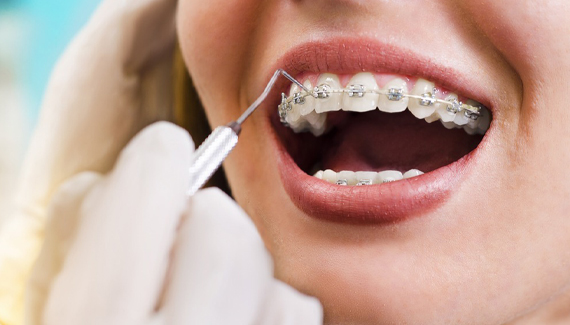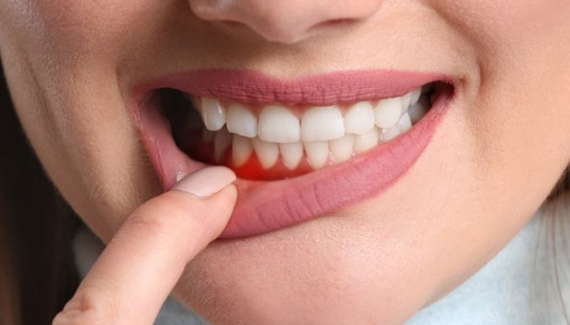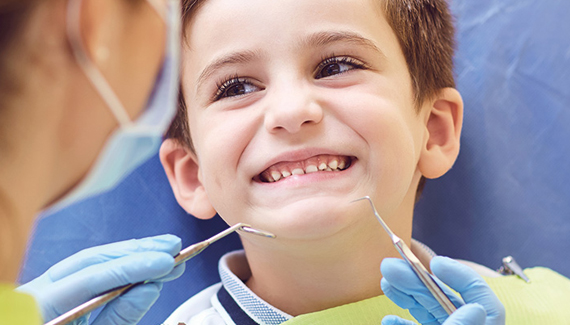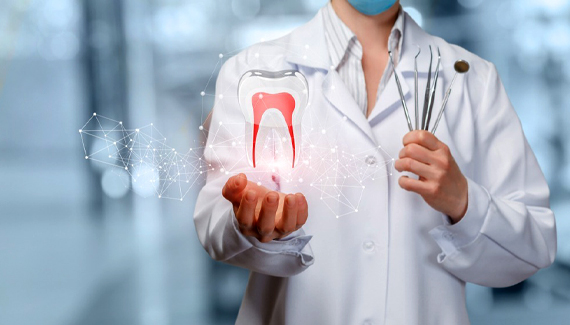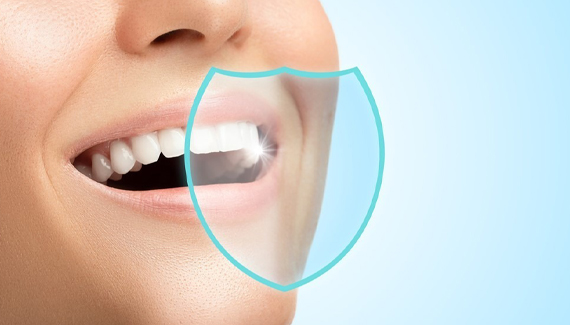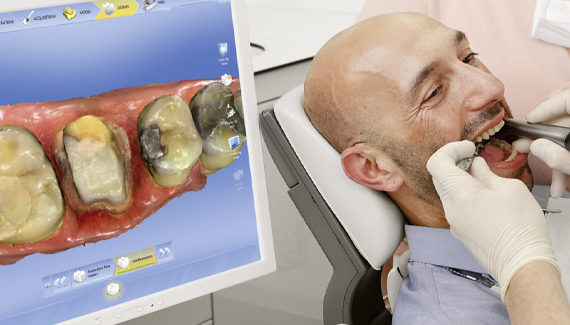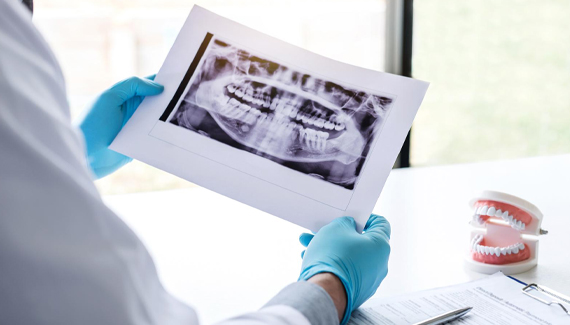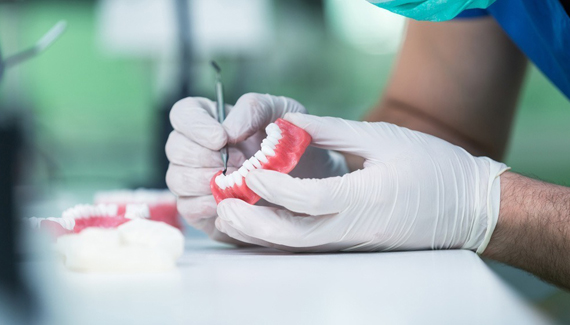
MELSADENT
All dental and gum problems that can be encountered in adult patients also occur in pediatric patients. Pedodontics is the branch of science that solves oral and dental health problems in children aged 0-14 years. Although it is widely ignored in our society that milk teeth will change, it should not be forgotten that these teeth affect the formation of permanent teeth and the physical development of the child.
The first stage of intraoral examination begins with visual and manual examination methods, but an examination limited to this is never enough. Our biggest help in this regard is intraoral X-rays. If a film is required for any problem related to a single tooth, small films called periapical films, which are of two types depending on the case, are taken. In cases that are widespread in the mouth and may require more than one film or in cases where the bone area needs to be seen, a panoramic film showing the entire inside of the mouth is taken.
Pedodontic Applications
- Protective applications; fluoride application, fissure sealant application
- Caries treatment in children; tooth filling, root canal treatment
- DTreatment of dental trauma
- Construction of placeholder appliances and pediatric prostheses applied in place of extracted teeth,
- Dental treatment of uncooperative, anxious, mentally and physically disabled individuals with sedation or general anesthesia.
Oral and Dental Health in Children
Today, decay of deciduous teeth is not given enough importance. However, the health of permanent teeth depends on the health of deciduous teeth. It is easier and less costly to prevent dental health problems before they grow. Please make an appointment for periodic check-ups with your dentist as soon as possible for yourself and your child, your favorite possession.
In general, the approach of many dentists is to focus only on patients’ complaints. In terms of pediatric dentistry, the complaints of the child are of course important, but more important than this is the motivation of the child in terms of dentist, clinic and treatment. Because we know that a child who is not afraid of the dentist will have his/her teeth treated easily.
For this reason, the first session, except in cases requiring emergency interventions, is a session of acquaintance, harmony and motivation. The treatment to be performed on your child and the tools to be used are made cute and explained in a simple language in a playful manner. Communication is established with both the child and the child’s parents; the parents are informed about the treatment in every aspect.
In addition to this information, we would like to make some important reminders to parents.
- When your child turns 1 year old, make sure to make a first acquaintance visit with the pediatric dentist.
- Avoid discourse at home that may frighten your child about the dentist.
- Organize your child’s diet in line with the recommendations of your pediatric dentist and follow it regularly.
- Practice daily tooth brushing by making it a family game.
- Do not forget that if you do not brush your teeth regularly, you will not be able to teach your child such a habit.
Early childhood caries (baby bottle caries)
Early childhood caries is defined as one or more cavities in the baby teeth in children aged 6 years and younger. It is a serious disease that can destroy your child’s teeth. It is caused by frequent exposure of the teeth to liquids containing sugar over time. These include milk, formula, honey, molasses and fruit juices. When your baby sleeps with a bottle in their mouth, the sugary liquid surrounds their teeth and causes the first cavities to appear on the front upper and lower teeth. For this reason, you should not let your baby fall asleep with a bottle of juice or milk in its mouth. It is best to start using a cup as soon as possible. Also, do not dip the pacifier in molasses, honey or sugar and give it to your child.
If you are breastfeeding, avoid letting your baby suck continuously. After each feeding, wipe your baby’s teeth clean with a clean gauze swab.


